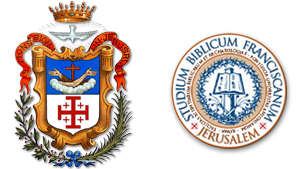...................................
[read in Italian] ![]()
Choosing intaglio for illustrations implies the incision on a metal plate, usually made of copper or zinc. There are different ways to incise, such as dry point and etching.
In the first case, the drawing is obtained by directly incising the plate with a sharp “needle”. In the second, the plate is covered with a waxy base resistant to acid and the drawing is made tracing the lines by scratching off the base. The plate is then dipped in an acid, called “mordant”, which “bites” only the bare metal parts, thus carving the lines (the longer the plate is dipped, the deeper the lines will be). Finally, the plate is cleaned off.
At the end, regardless of the method, the plate is inked and cleaned so that the ink remains only inside the etched lines and is ready to be transferred on paper.
| [click sulle immagini per ingrandirle / click on images to enlarge] |
Another feature which makes this kind of book illustrations more complicated – and more expensive – than other techniques, such as xylography, is that types (the letters of the text) and plates cannot be impressed together by the same printing press. To obtain enough pressure for the ink to pass from the etched lines of the plate to the paper, it is necessary to use a specific printing press. This press has two rollers, one above the other: the plate and the overlapping sheet of paper pass between them thanks to the movement given by turning a star-shaped wheel. This operation allows the paper to absorb the ink on the plate.
This means that, in order to print a book, sheets containing texts and illustrations had to pass through both presses in two different moments.
